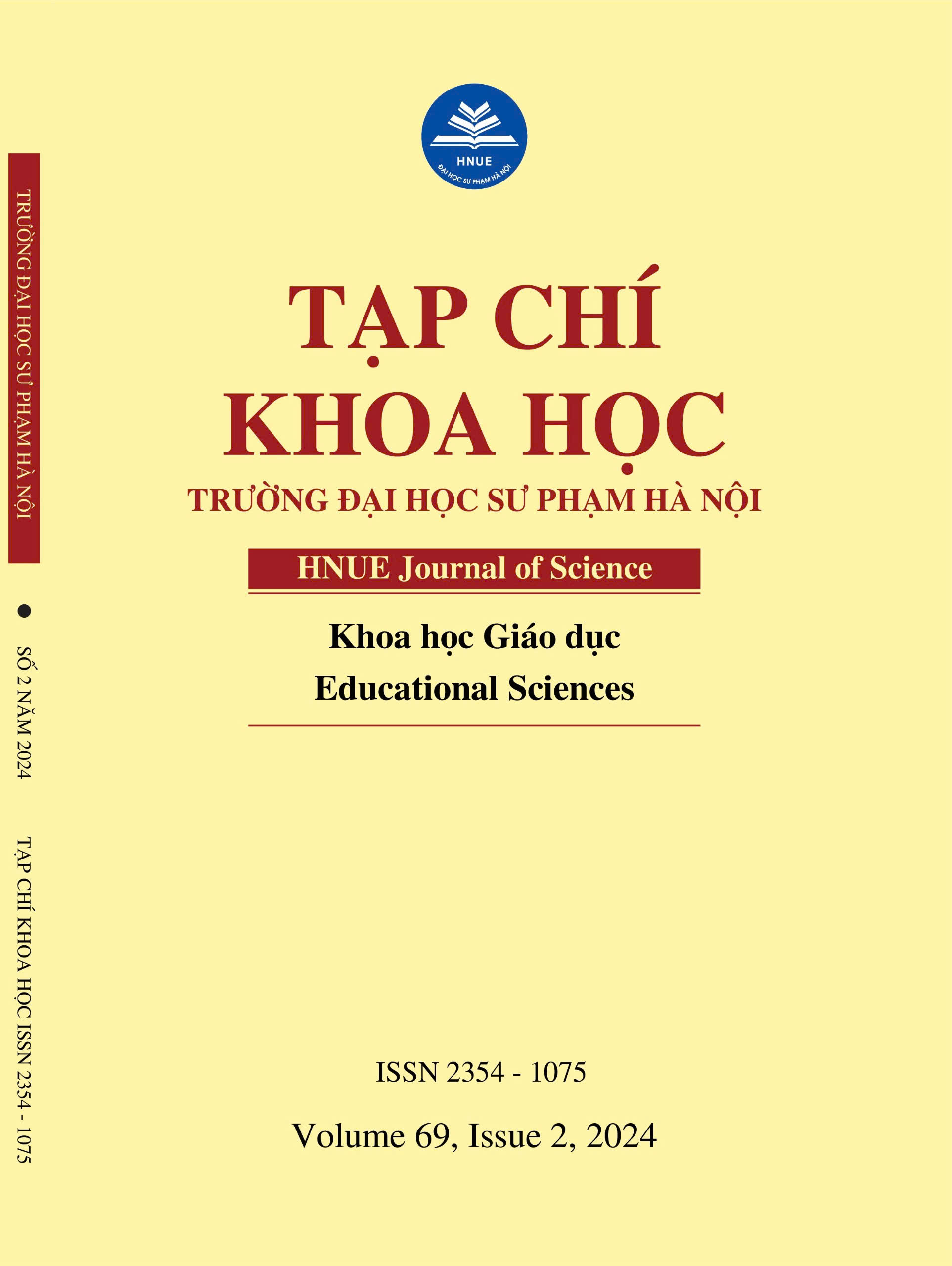THE RELATIONSHIP BETWEEN THE PARENT’S PHYSICAL PUNISHMENT AND AGGRESSIVE BEHAVIOR IN ADOLESCENTS: THE MEDIATING ROLE OF INSECURE ATTACHMENT
DOI:
https://doi.org/10.18173/2354-1075.2024-0032Keywords:
aggressive behavior, physical punishment, anxious attachment, avoidant attachment, mediation model analysesAbstract
This study examines the relationship between prior parental physical punishment and future aggressive behavior in children, as well as the mediating role of anxious and avoidant attachment in the relationships. Using an 8-month longitudinal study design, data were collected at 3 waves, with a 4-month interval across waves. 762 students participated at Wave 1 (Mage = 12.1 (SD = 1.14), 48% female). The number decreased to 484 at Wave 2 and 368 at Wave 3. The Harsh Punishment was used to measure physical punishment at Wave 1, the Experiences of Close Relationship (short version) was used to measure avoidant and anxious attachment at Wave 2, and the Aggression Scale was used to measure aggressive behavior at Wave 3. Results showed that parents' physical punishment behavior significantly predicted the development of future aggressive behavior, and that anxious attachment played a mediation role in the relationship. These findings suggest the urgent need for developing measures to treat physical punishment and parent-child attachment as a solution to effectively address the prevalence of school violence in Vietnam.
Downloads
References
[1] Berkowitz L, (1993). Aggression: Its causes, consequences, and control. McGraw-Hill Book Company.
[2] Neuman JH, & Baron RA, (2005). “Aggression in the Workplace: A Social-Psychological Perspective”. In S. Fox & P. E. Spector (Eds.), Counterproductive work behavior: Investigations of actors and targets. American Psychological Association, pp. 13–40.
[3] Baumrind D, (1991). “Effective parenting during the early adolescent transition”. Family transitions, 2(1), 1.
[4] Gershoff ET, (2002). “Corporal punishment by parents and associated child behaviors and experiences: a meta-analytic and theoretical review”. Psychological bulletin, 128(4), 539.
[5] Van Heel M, Vu BT, Bosmans G, Petry K, Hoang DT, & Van Leeuwen K, (2019). “Parenting practices in Vietnam: An investigation of the psychometric properties of the PBS-S and PCS”. In Child & Youth Care Forum, 48 (1), 111-125. Springer US.
[6] Bowlby J, (1969). Attachment and loss (No. 79). Random House.
[7] Cassidy A, (2016). A practical guide to information systems strategic planning. CRC press.
[8] Bosmans G, Braet C, Leeuwen KV, & Beyers W, (2006). “Do parenting behaviors predict externalizing behavior in adolescence, or is attachment the neglected 3rd factor? ”. Journal of Youth and Adolescence, 35, 354-364.
[9] NTN Bé, (2019). “Các yếu tố ảnh hưởng đến hành vi gây hấn của học sinh trung học phổ thông”. Tạp chí Khoa học, Trường Đại học Sư phạm Hà Nội, 64 (1), 126 - 136.
[10] Durrant J, & Ensom R, (2012). “Physical punishment of children: lessons from 20 years of research”. CMAJ, 184(12), 1373-1377.
[11] Gómez-Ortiz O, Romera E M, & Ortega-Ruiz R, (2016). “Parenting styles and bullying. The mediating role of parental psychological aggression and physical punishment”. Child abuse & neglect, 51, 132-143.
[12] Rydstrøm H, (2006). “Masculinity and punishment: Men's upbringing of boys in rural Vietnam”. Childhood, 13(3), 329-348.
[13] Tran NK, Van Berkel SR, van IJzendoorn MH, & Alink LR, (2021). “Child and family factors associated with child maltreatment in Vietnam”. Journal of interpersonal violence, 36(5-6), NP2931-NP2953.
[14] Lansford JE, Chang L, Dodge KA, Malone PS, Oburu P, Palmérus K, ... & Quinn N, (2005). Physical discipline and children's adjustment: Cultural normativeness as a moderator”. Child development, 76(6), 1234-1246.
[15] Vu BT, Van Heel M, Finet C, Cuyvers B, Houbrechts M, Hoang TD, Duong HH, & Bosmans G, (2022). “Comparing attachment across cultures, child gender, age, and parental gender: Vietnamese versus Belgian adolescents’ self-reported attachment anxiety and avoidance”. Psychological Assessment, 34(9), 846.
[16] Orpinas P, & Frankowski R, (2001). “The Aggression Scale: A self-report measure of aggressive behavior for young adolescents”. The Journal of Early Adolescence, 21(1), 50-67.
[17] Vu BT, Petry K, & Bosmans G, (2019). “The translation and psychometric evaluation of the Vietnamese version of the Aggression Scale”. European Journal of Developmental Psychology, 16(5), 611-621.
[18] Brenning K, Van Petegem S, Vanhalst J, & Soenens B, (2014). “The psychometric qualities of a short version of the Experiences in Close Relationships Scale-Revised Child version”. Personality and Individual Differences, 68, 118–123.
[19] Hayes AF, (2017). Introduction to mediation, moderation, and conditional process analysis: A regression-based approach. Guilford publications.
[20] Pinquart M, (2017). “Associations of parenting dimensions and styles with externalizing problems of children and adolescents: An updated meta-analysis”. Developmental psychology, 53(5), 873.
[21] Pinquart M, (2021). “Cultural differences in the association of harsh parenting with internalizing and externalizing symptoms: A meta-analysis”. Journal of Child and Family Studies, 30, 1-14.
[22] Cyr M, Pasalich DS, McMahon RJ, & Spieker SJ, (2014). “The longitudinal link between parenting and child aggression: The moderating effect of attachment security”. Child Psychiatry & Human Development, 45, 555-564.
[23] La TTT, Dinh HT, Phan MT, Do LT, Nguyen PT, & Nguyen QN, (2020). “Mental health among Vietnamese urban late adolescents: The association of parenting styles”. Health Psychology Open, 7(2), 1–9.







